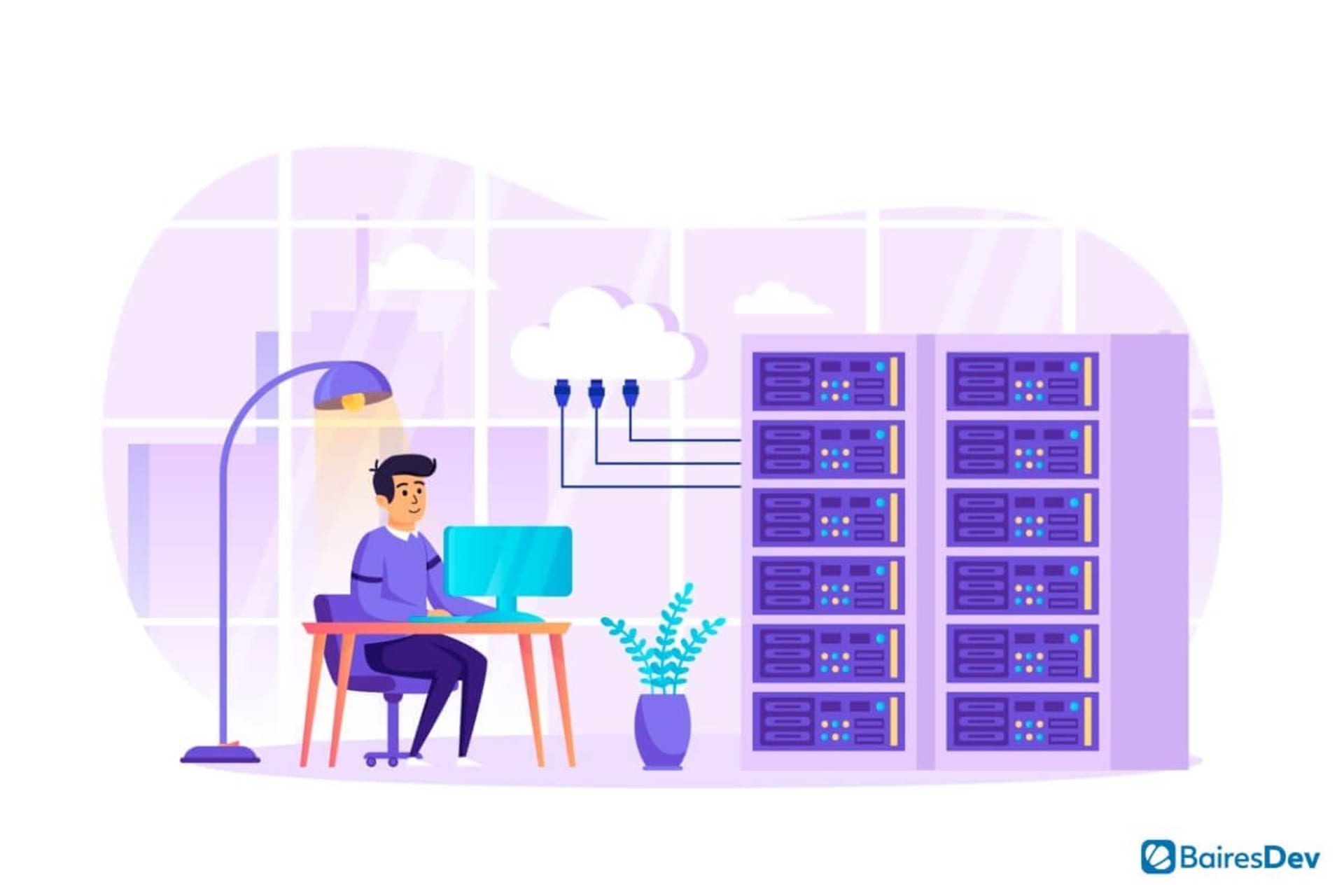As more companies seek to become more diverse, it’s important to understand what that word really means. It’s easy to think racial variety makes a more diverse workforce. But, while it helps to have a mix of people of different races, there’s more to it than that. There are 4 primary types of diversity that businesses should strive for. Personal characteristics, including race, are just one. The others are personal experience, role, and worldview.
All these types of diversity are important because a diverse staff can bring different perspectives that help organizations drive innovation, boost employee performance, get access to a larger talent pool, and increase revenue. Companies that are welcoming to a variety of people create environments that employees want to stay in, reducing hiring-related expenses.
The following video describes the benefits of diversity in more detail:
Here we explain the 4 types of diversity and describe how companies can become more inclusive of each one.
Personal Characteristics
Otherwise known as “internal diversity,” this category includes attributes that people are typically born with, such as race, ethnicity, country of origin, generation, sexual orientation, and physical and mental ability. These characteristics can’t change, not even by the person that possesses them.
Employers should be careful not to confuse race and culture. While 2 people of the same race might embrace a similar culture, it’s equally possible that they don’t. For example, 2 people of Asian heritage may come from very different places and hold entirely different cultural standards. Releasing assumptions about a person’s culture based on their race is one more step toward a more diverse and inclusive workplace.
Companies that want to be more welcoming to people with a variety of personal characteristics should develop training programs to help team members overcome unconscious biases. Businesses can also use a zero-tolerance approach to ensure that discrimination is considered unacceptable. Larger organizations can create groups for specific interests including women, those of African or Asian descent, and those who identify as LGBTQI+.
Personal Experience
Personal experience, otherwise known as “external diversity,” includes individual attributes that may be more fluid, such as education, appearance, location, familial status, religion, and socioeconomic status.
Many of these attributes contribute to the larger concept of culture, which impacts a person’s expectations, manner of speaking, preferred foods, and world views. Employers can promote the notion that the various cultures carried by employees can meld together to form the larger company culture. Another aspect of inclusivity regarding culture is a company value of willingness to listen to someone else’s perspective.
To attract more workers with a variety of personal experiences, companies can make it a point to address cultural needs. For example, people of different religions may have different days in the year that they need time off to engage in rituals or celebrate holidays. They may also need specific types of medical care.
Role
Otherwise known as “organizational diversity,” this category includes differences between people that are assigned by the organization. It includes job function, work location, pay rate, and seniority.
Pay rate is an excellent area to focus on in creating greater diversity in the value employers place on workers. The gender pay gap between men and women is well known, as is the race pay gap between white and Black team members. According to employee engagement expert Vantage Circle, “In order to be a truly gender-diverse company, businesses need to address issues like the gender pay gap, where women are routinely paid less for the same jobs as their male counterparts.”
The key to inclusiveness in this category is creating advancement and leadership opportunities for people of all backgrounds, especially those who may have been overlooked in the past. According to diversity consultant Ideal, “[Global industry leader] L’Oréal has a strong commitment to organizational diversity by advocating and promoting people from a variety of demographic backgrounds.”
Worldview
Differences in thought are another type of diversity. It includes political and spiritual beliefs, moral compass, personal interests, and a general outlook on life.
While things like personal interests can create barriers among staff who may not share preferences about how they spend their free time, they can also be the basis for connections. Employers can create opportunities for employees with similar interests to share them with each other and with other team members. For example, those who love cooking could create a culturally diverse menu for a special company event.
This category is perhaps the most challenging, given that people like to surround themselves with others who think similarly. However, fostering diversity in worldviews can help businesses become more competitive. The more different worldviews are represented at an organization, the more opportunity there is for team members to learn from each other, driving creativity and innovation.
Considering Intersectionality
According to a blog post by workplace advisor Peakon Post, building diversity means making an “effort to accommodate the full spectrum of human experience.” It’s important to keep in mind that this spectrum means each person may have more than one characteristic that makes them different from others in the workforce. This phenomenon is known as intersectionality.
Seeking to become more diverse — and, even further, trying to incorporate the 4 primary types of diversity — becomes even more complex when considering intersectionality. But rather than becoming frustrated or stuck, company leaders should see this blending of attributes as an opportunity to further expand the knowledge base, experience, and wisdom of its workforce.
According to the Peakon Post blog post, companies can address intersectionality in their diversity efforts by acknowledging “that social categories (such as gender, race, and culture) are interconnected, and that each individual is subject to overlapping systems of discrimination.” Using this suggestion as a starting point, companies can begin to craft appropriate policies that take many types of diversity, including those that overlap, into account.







